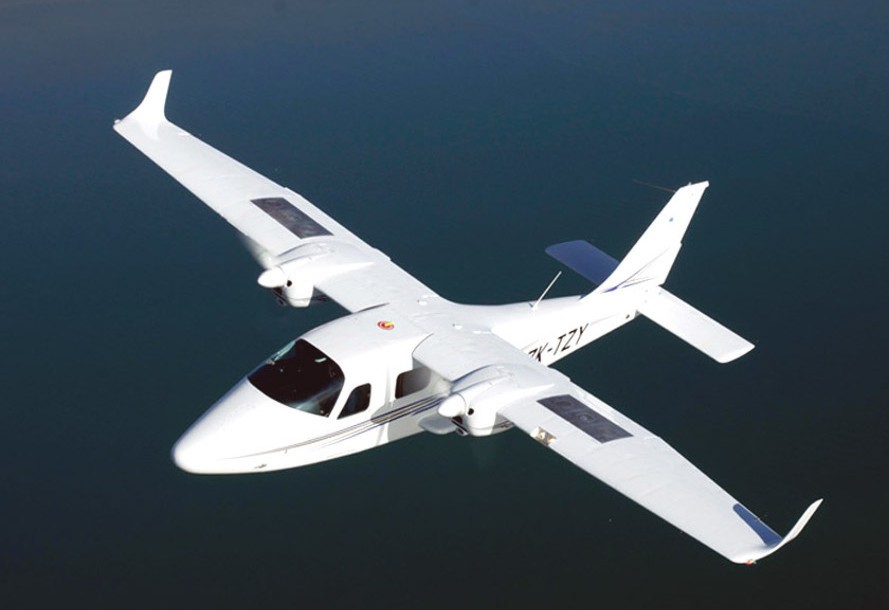RECOMMENDED VIDEOS

Delivering Sustainability at Port and Sea
Wilh. Wilhelmsen Holding ASA

Natural Car Deoderiser as Best Corporate Gifts & Branded…
Whiteleaf Green Black Enterprises

Efficient Drivetrains, Inc. CNG PHEV Logistics Truck
Efficient Drivetrains Inc

Best Eco Friendly & Waterless Wheel Cleaning Products
Walt's Polish

NEUTO DRY HYDROGEN AUTO-THERAPY DRY CLEAN CAR ENGINES WITH…
Neutrinos
Related Stories
Students compete to design energy-efficient, battery-powered rail vehicles
California makes huge investment in ‘widespread transportation electrification
EvoWheel converts almost any bicycle into an electric bike in just 30 seconds
The E-Fan X jet heralds an electric passenger plane revolution
Manta5’s new electric water bike lets you cycle on rivers and lakes
21 Jun, 2016

Meet Maxwell, NASA’s zero-emission 14-motor electric airplane
Green Transportation & Logistics | UNITED STATES | 21 Jun, 2016
Published by : Eco Media Asia
NASA is preparing to test experimental propulsion technology with a new zero-emission airplane officially designated X-57 (but affectionately nicknamed Maxwell). The aircraft’s 14 electric motors turn a series of propellers fitted along the plane’s wings – an update to previous designs. Maxwell will be built by modifying an existing airplane: an Italian-designed Tecnam P2006T twin-engine light aircraft. Once Maxwell is complete, NASA plans to use it to validate the idea that distributing electric power across a number of motors integrated with an aircraft will result in higher energy efficiency.
NASA’s announcement could be the first step in an exciting new wave of developments for the agency, as well as the industry. Aviation accounts for 12 percent of global carbon dioxide emissions annually, so innovations in energy-efficient, emissions-free air transportation could have a far-reaching impact. Maxwell will be the first aircraft of its kind, with 12 electric motors on the wing’s leading edge for take offs and landings, and one larger motor on each wing tip for use while at cruise altitude. The plane will, in theory, be able to travel at a cruising speed of around 175 miles per hour.
X-57 is the name designation given to the experimental aircraft by the United States Air Force, but NASA researchers working directly with the electric airplane were quick to dig up an appropriate nickname. The name “Maxwell” was chosen to honor James Clerk Maxwell, the 19th century Scottish physicist who did groundbreaking work in electromagnetism.

Maxwell is, to put it lightly, kind of a big deal for the future of aviation. NASA Administrator Charles Bolden highlighted the agency’s first X-plane designation in a decade during his keynote speech Friday at the annual Aviation and Aeronautics Forum and Exposition (also known as Aviation 2016). As testing begins using the latest in a series of X-planes that began in 1947, Bolden predicts a turning point in NASA’s innovations. “With the return of piloted X-planes to NASA’s research capabilities – which is a key part of our 10-year-long New Aviation Horizons initiative – the general aviation-sized X-57 will take the first step in opening a new era of aviation,” Bolden said.
